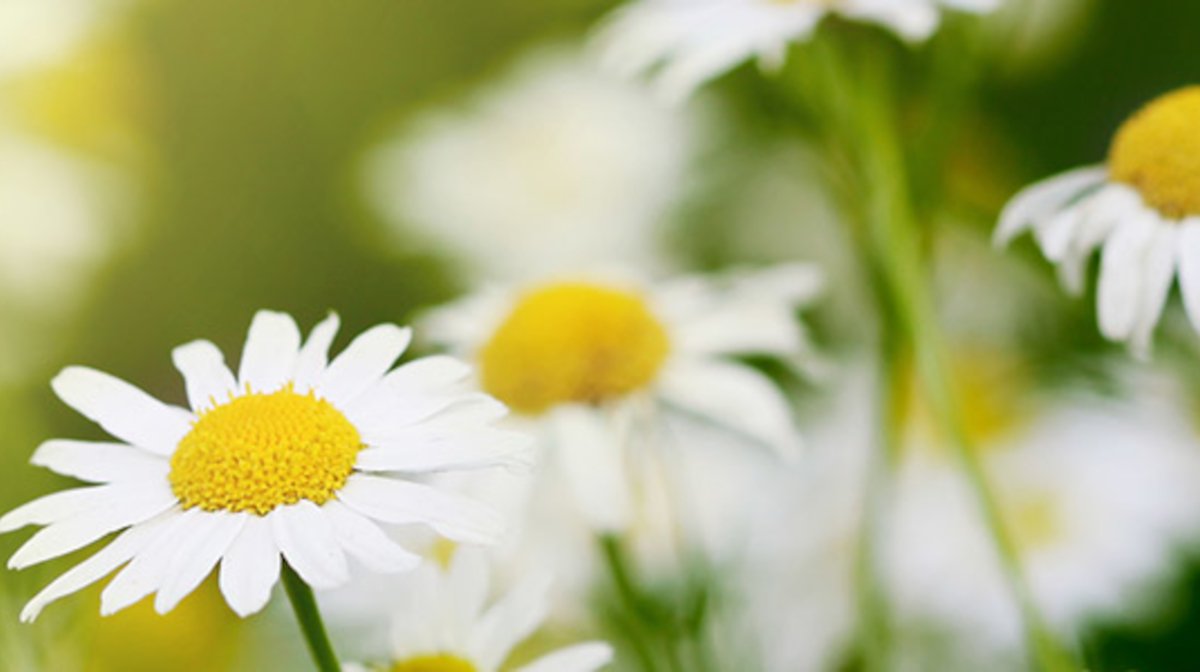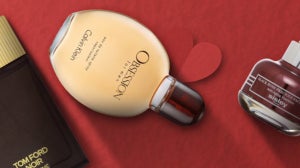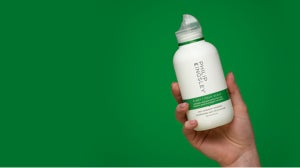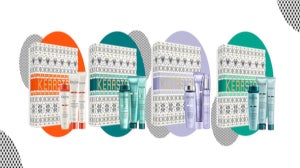
The Global Remedy
Chamomile (or chamomile) derives its name from the Greek khamaimelon which translates to “earth apple” or more literally as “apple on the ground”. This somewhat curious moniker is due to the fact that the plants smells strongly of apples when trodden upon!
Chamomile has been around for centuries - originally finding favour with Egyptians, Romans and Greeks. In Ancient Egypt, Chamomile was used in rituals for the Sun God, Ra, embalming the dead and curing various illnesses… Now that’s what we would call the ultimate multi-purpose product.
Chamomile is also known for its relaxing properties in tea - from featuring as Peter Rabbit’s favourite nighttime drink to being a surprisingly popular choice of beverage in Mexico. To this day, chamomile tea is still so popular that if you order a cup of tea, you’ll almost certainly be asked "¿te negro, o Manzanilla?" - black tea or chamomile?
Delicious tea times aside, chamomile, as well as supposedly being a natural healer for ailing garden plants, is also a popular ingredient in beauty products. From shampoo and conditioner to moisturisers and skin oils, this floral extract makes an appearance in a huge range of cosmetics. Here’s everything you need to know about this potent - yet gentle - little flower.
What Is Chamomile?
Chamomile or camomile (take your pick) is the common name for a group of flowers in the Asteraceae family. Although they are similar in appearance to daisies, there is a whole range of flowers in the family. Confusingly, a number of these Asteraceae flowers include “chamomile” in their name but don’t boast the same properties.
The two types of Asteraceae flower which are used in cosmetics are:
• Roman Chamomile (Chamaemelum nobile) • German Chamomile (Matricaria chamomilla)
What’s In A Name?
Unlike the actual flowers, when finding the right name makes a huge difference, whether you call it chamomile or camomile makes no difference. The word without the ‘h’ was the traditional spelling when the flower became popular in England during the Middle Ages, but today both are interchangeable.
How Does It Work?
When brewed as a tea, it has been used to help with a range of ailments, from insomnia and fever, to treating wounds and promoting faster healing.
Anti-Inflammatory Skincare
Chamomile has a number of anti-inflammatory elements that have been shown to soothe the skin, reducing areas of redness and blemishes associated with inflammation. This is perhaps what made it so popular in ancient times for the treatment of skin conditions and wounds.
Because of its gentle nature, chamomile can even be used to treat more reactive inflammatory skin conditions, such as psoriasis, eczema and rosacea.
Polyphenols and Phytochemicals
While the anti-inflammatory properties of chamomile soothe red, reactive skin, the polyphenols and phytochemicals that form the plant’s structure take it a step further by increasing cell regeneration. Rich in antioxidants, the polyphenols fight harmful free radicals. This slows down the signs of ageing and encourages a greater turnover of skin cells, reducing the appearance of fine lines, wrinkles and scars.
The antioxidants contained in chamomile can also help to fade areas of pigmentation, reduce under-eye circles and improve overall skin health.
For a quick pick-me-up, try refrigerating damp bags of chamomile tea and applying them to your under-eye area.
Who Can Benefit From Using Chamomile?
Chamomile is a no-brainer to include in your skincare routine. It’s mild on the skin, improves its overall appearance and is suitable for all skin types. Whether you’re battling acne, have pigmentation or just want to slow down the ageing process, chamomile is the perfect natural ingredient to try.
Despite its gentle nature, there is a small group of people who should exercise discretion when trying products which contain chamomile. If you have particular sensitivities to naturally sourced ingredients or allergy-prone skin, patch test first to ensure you don’t react to the plant extract.
What Products Contain Chamomile?
At allbeauty, we stock a huge range of cosmetic products which include chamomile amongst their ingredients. Note that these may be listed using either spelling (with or without an h), depending on the manufacturer.
Aromatherapy Associates Soothing Face Oil
Blending natural essential oils, this face oil nourishes the skin while providing it with the calming effects of chamomile. A great oil for year-round use, even when you’re not suffering from redness.
Darphin Chamomile Aromatic Care
Another fabulous face oil, this formula includes aromatic sage and lavender, with the addition of bisabolol to further increase the soothing properties of chamomile.
Decléor Post Hair Removal Cooling Gel
An ideal way to bring calming chamomile into your bathroom cabinet, this cooling gel makes hair removal as painless as possible. Goodbye irritation!
Clarins Toning Lotion With Camomile
For a non-drying toner that will leave your skin feeling clean and refreshed, try this option from Clarins. Alcohol-free and with the calming benefits of chamomile, it’s a must in any skincare routine.
Floris No.89 Shaving Cream
What better way to use chamomile than including it in a shaving cream? With soothing aloe and chamomile extract, it’s no wonder James Bond was a fan of No.89.
Want to try incorporating this gentle floral ingredient into your routines? Shop all products containing Chamomile now.









